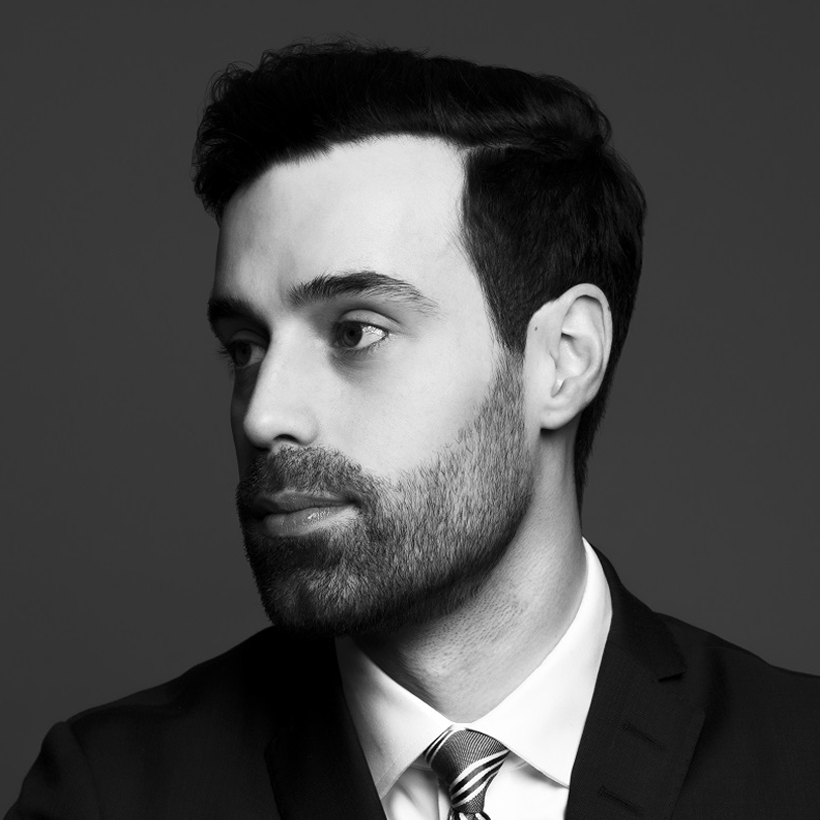Board Man Doesn't Get Paid
During last year's NBA Finals, Kawhi Leonard was taking on more than the Golden State Warriors. In the middle of the Finals, he filed a lawsuit against the company he formerly endorsed—Nike—in the Southern District of California (original complaint here). At issue was Leonard's "Klaw Logo," which he claimed to have conceived before his contract with Nike. An early sketch of the logo and the design Nike ultimately used are shown side-by-side here.
While we are still awaiting a written opinion that will provide more comprehensive reasons, it has been widely reported that Leonard's case was dismissed from the bench (i.e. a teleconference in the age of COVID-19). The court is said to have distinguished the two logos as independent pieces of intellectual property.
By way of background, Leonard sought a declaration that (1) he was the author of the "Klaw Logo" and (2) he didn't interfere with any of Nike's rights. Nike counterclaimed for copyright infringement, fraud on the U.S. Copyright Office, and breach of contract (original counterclaim here). After Nike's successful motion to change venue—from the Southern District of California—the case ended up in the U.S. District Court for the District of Oregon.
The issue of authorship was not clear cut. Nike admitted that the logo was based on a design that Leonard provided in 2011, but pointed to a 2014 interview where Leonard was quoted as saying: "I drew up the rough draft, sent it over and [Nike] made it perfect. I give the [Nike] team all the credit because I'm no artist at all." Leonard's complaint also concedes that Nike modified his initial sketch and presented revised proposals to him, one of which he ultimately accepted.
Both parties appear to have been factually involved in the generation of the logo, but both claimed to be the sole author and owner of the intellectual property in the logo. Leonard was ultimately unsuccessful – the court is said to have considered Nike's design as "new and significantly different" from the sketch Leonard provided.
A complete factual record is necessary to definitively say whether this case would have been decided the same way in Canada. However, it appears that the parties' arguments engaged concepts that are somewhat unique to U.S. copyright law. For example:
1) Work for hire. Leonard argued that to the extent Nike contributed any effort to the creation of the logo, that work constituted a "work [made] for hire" (a statutory exception to the general rule that the actual creator of the work is the author).
Basically, if a work is made for hire, an employer or party commissioning the work is considered the author and initial owner, even if someone else actually created the work. This concept of "work for hire" is not recognized in Canadian copyright law. In Canada, an employer may be deemed to own a work created by an employee. However, absent a written contract to the contrary, an independent contractor or third-party provider generally owns the work that it creates.
2) Analysis as a derivative work. The Oregon Court is said to have indicated that the logo was "not merely a derivative work of the sketch itself." Under U.S. copyright law, a derivative work is a work based upon one or more preexisting works that are "recast, transformed, or adapted." The creator of an unauthorized derivative work can be sued for copyright infringement by the owner of the preexisting work.
The Canadian Copyright Act does not include an explicit or independent concept of a derivative work. However, the exclusive right to control the preparation of derivative works is effectively subsumed in the exclusive right to "produce or reproduce" the work "in any material form whatever" found in the Canadian Copyright Act (see e.g. Théberge v Galerie d’Art du Petit Champlain Inc).
As such, a Canadian analysis would not have approached infringement through the lens of a derivative work. Instead, a Canadian court would have considered whether copyright subsisted in Leonard's original sketch and, if so, whether there was a substantial unauthorized taking from the original sketch.
Notwithstanding the subtle differences in national copyright laws, this case highlights the intricate nature of copyright disputes. While a layperson may conclude that Leonard's early sketch and the design Nike ultimately used are similar, this is not determinative. As shown in several Canadian cases (e.g. Cinar Corporation v Robinson), it may be worthwhile to advance expert evidence to identify both patent and latent similarities.
In any event, the practical goal (i.e. ownership of the intellectual property) may also engage questions of contractual interpretation. Absent in the reported ruling are the implications (if any) of Leonard's "Men's Pro Basketball Contract" with Nike (the "Endorsement Agreement"). According to Nike's complaint, the Endorsement Agreement expressly acknowledged that:
In addition to the copyright at issue in this litigation, this provision of the Endorsement Agreement may also bear on Leonard's trademarks that include the impugned logo (e.g. the KL2 application in Canada). Depending on the scope of the parties' agreement and this provision, in particular, the question of authorship decided here may be less critical to determining ownership.
Time will tell whether Leonard files an appeal, or Nike continues its case for copyright infringement. Business realities may push the parties towards settlement. Nike is unlikely to use the logo absent Leonard's endorsement, and Leonard's new memorabilia does not presently use the impugned logo. Leonard may continue to opt for characteristically understated branding – e.g. his full name in a font resembling times new roman. As many Raptors fans know, there is little value in speculating what Kawhi will do.
